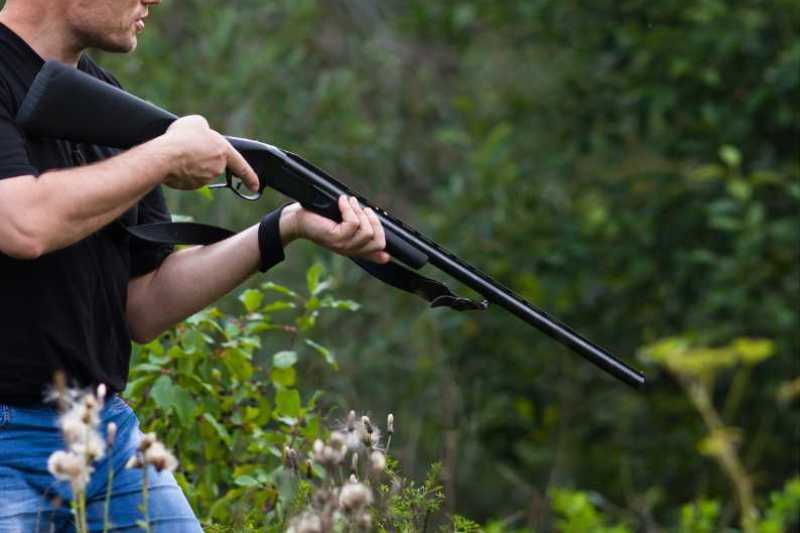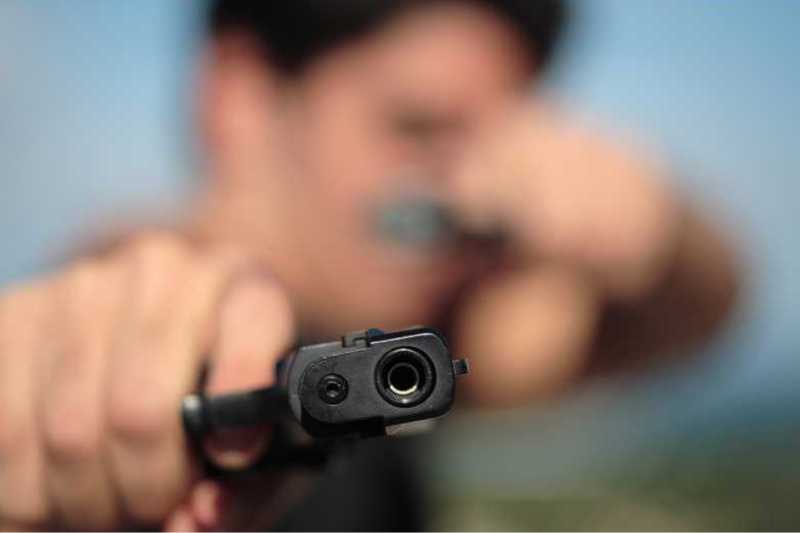What to Do in an Active Shooter Situation
An active shooter is an individual who is engaged in killing, or attempting to kill, people in a confined and populated area. Active shooters typically use firearms and have no pattern or methods for their selection of victims. Active shooter events can happen anywhere and at any time and cause significant damage in a matter of minutes before the incident is resolved. Taking a few steps now can help you react quickly when every second counts.
Disaster Planning

Characteristics
average incident lasts 11-12 minutes with 30-40% lasting less than 5 minutes
is a single shooter 90-97% of the time
97% of shooters are male
approximately 40% commit suicide
Recent Stats
approximately 50 active shooter incidents were reported
resulted in roughly 100 killed and 213 wounded
approximately 61 active shooter incidents were reported
resulted in about 103 deaths and 140 injuries
predominantly male and often acted alone
reported age range: pre-teen to 67 years old

Disaster Planning
Get Educated
- Ask about emergency plans already in place in places you and your family frequent, such as work, school, and church.
- What do gunshots sound like? If you hear one, be prepared to act immediately—plan your response in advance since you likely won't have time to deliberate during an incident.
- Learn the "Run, Hide, Fight" cycle of options. See below.
- If you are a gun owner, know your weapon, practice with it, and be responsible with it. Know how to use it if you plan to carry it around with you.
Plan Ahead
How will you respond?
- Decide now how you will respond if you hear a gunshot. Condition your mind that you will act immediately.
- Know what that action will be if you are alone, with family, with others around, if you have a gun, or if you don’t.
Be aware of your environment
- Maintain situational awareness. If you see something suspicious, be prepared to say something to an appropriate authority.
- Wherever you go, make it a habit to identify the nearest exits and potential safe hiding spots (e.g., behind solid doors, under desks, or near heavy furniture that can offer protection).
Learn Skills to Help Others
Take FEMA’s You Are the Help Until Help Arrives course. Here you will learn the 5 steps you can provide until help arrives. It includes online video training and instructor materials. It can be found here.
Take Red Cross training. They offer a course called First Aid for Severe Trauma (FAST). In this course participants are trained to handle severe bleeding emergencies and are required to practice using both direct pressure and a tourniquet.
- Having an Active Shooter Kit stored in your car can provide you with helpful tools and materials discussed in training.
hook knife: a specialized knife that can be used to quickly cut through clothing in emergency rescues.
quick clot: a hemostatic agent typically applied via gauze to help accelerate blood clotting in severe bleeding situations.
tourniquet: a device that applies pressure to a limb or extremity to restrict or stop blood flow during severe bleeding.
gauze: used for applying pressure and packing wounds, especially in areas where tourniquets cannot be effectively applied (such as the shoulders, neck, or hips).
chest seal: a device used to cover open chest wounds, preventing air from entering the chest cavity and reducing the risk of a tension pneumothorax.
Disaster Planning
Run
Getting away from the shooter or shooters is the top priority.
- Before you run, know the exits.
- Leave your belongings behind.
- Run away-follow the fastest and safest route to an exit. Note that while some training recommends zigzagging, the best approach may vary based on the situation.
- Help others escape but go even if they decide not to (some people freeze).
- Warn others from entering the area you just left.
- Call 911 when you are safe – don’t assume others have called. Be ready to describe the shooter, the location, and the weapons used.
Hide
This is your best option when running away safely is not possible.
- Find a place to hide.
- Get out of the shooter’s view and stay quiet, silencing all electronic devices including vibrate.
- Lock and block doors, close blinds, and turn off lights.
- Put a solid barrier between yourself and the threat when possible.
- Do not hide in groups—spread out along walls or hide separately to make it more difficult for the shooter.
- Try texting police, using social media, calling 911, and allowing the operator to hear the chaos in the background if it’s too dangerous to speak, or put an SOS sign in the window.
- Stay in place until law enforcement gives you notice that all immediate danger is clear.
Fight
Fight only as a last resort when you can run or cover. Your last resort is to defend yourself.
- Attempt to disrupt the attack or disable the attacker.
- Be totally committed to your actions and be as aggressive as possible.
- If you use a gun to fight understand you are bringing a gun to a fight. Focus so you don’t accidentally shoot someone other than the intended target.
- If you don’t have a weapon, grab a makeshift weapon: a chair, fire extinguisher, scissors, books, etc., Use your hands if you have nothing else.
- Be prepared to cause severe or lethal injury to the shooter.
- Work as a team where possible.
Disaster Planning
Help Yourself and the Wounded
- Call 911 when it’s safe for you to do so.
- Take care of yourself first. Assess the situation. Decide whether to stay and help, grab the injured and get to safety, or get yourself to safety.
- Take care of yourself first and then, if you are able, help the wounded get to safety and provide immediate care.
- Stop the bleeding: Apply steady, firm pressure on the source of bleeding until the first responders arrive. If you can't control the bleeding with manual pressure, consider a tourniquet.
- Position the injured: Carefully roll the person onto their side in the recovery position—bend the upper leg so that it supports the body, position the lower arm under the head for stability, and ensure the airway remains open.
- Provide comfort: Share names and ask basic questions. Tell them what you know happened, but do not speculate. Keep them warm and offer a hand to hold.
Help Law Enforcement
- Keep your hands visible and empty. This is to ensure you are not viewed as a threat.
- Know that law enforcement’s primary objective is to neutralize the threat, which may mean that providing immediate care to all injured individuals might be delayed.
- Follow law enforcement’s instructions and evacuate in the direction they tell you to.
- Account for all individuals at a designated area. This will help determine who, if anyone, is missing and potentially injured.
Pay Attention to Mental Health
- Limit your exposure to news as constant exposure to the event can cause more stress and anxiety.
- Consider seeking professional help for you and your family to cope with the long-term effects of trauma.
- Reach out to family members and friends you trust for love and support.
- Resume the activities in life that have always given you strength and meaning.
